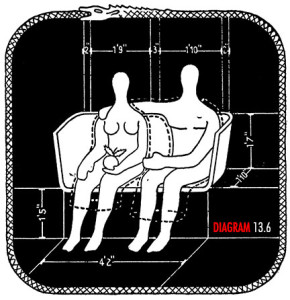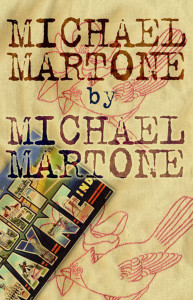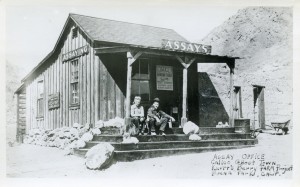 Taught Montaigne for the first time last night, and one thing we talked about was Montaigne’s comfortable doubt, which I got somewhat at in my last post. One student compared him with Tom Wolfe, interestingly. We read The Right Stuff last year, and she wanted to compare his style to Montaigne’s. No doubt there, she pointed out, and it’s true. Wolfe is so certain about his subjects, so emphatic. It’s like night and day.
Taught Montaigne for the first time last night, and one thing we talked about was Montaigne’s comfortable doubt, which I got somewhat at in my last post. One student compared him with Tom Wolfe, interestingly. We read The Right Stuff last year, and she wanted to compare his style to Montaigne’s. No doubt there, she pointed out, and it’s true. Wolfe is so certain about his subjects, so emphatic. It’s like night and day.
We thought about other stylists (particularly Gay Talese in the Sinatra profile and Zadie Smith in her ), and there was a consensus that we accept certainty when people are writing about others or the world, but expect doubt when writing about the self. And that the opposite wouldn’t work. Isn’t it weird? You’d think that writing about the self—i.e., writing about the one thing you can claim to have absolute authority over compared to anyone else on the planet—would allow for certainty, but we seemed to think it was poor form.
It is poor form, but why? Was it that Talese has so much detail to deliver through observation, so much of the world he’s been inside to recreate on the page, that we treat his scene-building observation work as certainty and confidence? And thus Montaigne’s world he has to build is that of his mind, which is a murkier and less stable setting? Some students posited that it was a matter of interiority: when you have to re-create the inner thoughts of other people (a la Wolfe) it’s poor form to be unsure and doubtful about what they think and feel, whereas when you delve into yourself you have access to you own unsureness.
I wondered whether it was a result of bifurcating yourself. If you’re only a narrator, you’re a stable entity in your book, and that stability can lead to a steady, certain voice. But as soon as you appear also as a character in a scene, you become two simultaneous people for the reader, often separated by time, and in this splitting of the self that stability is out the window, and so too better be your certainty.
Pet theories to keep developing. Who’s a good uncertain reporter, and who’s a good certain memoirist? Is it possible?



